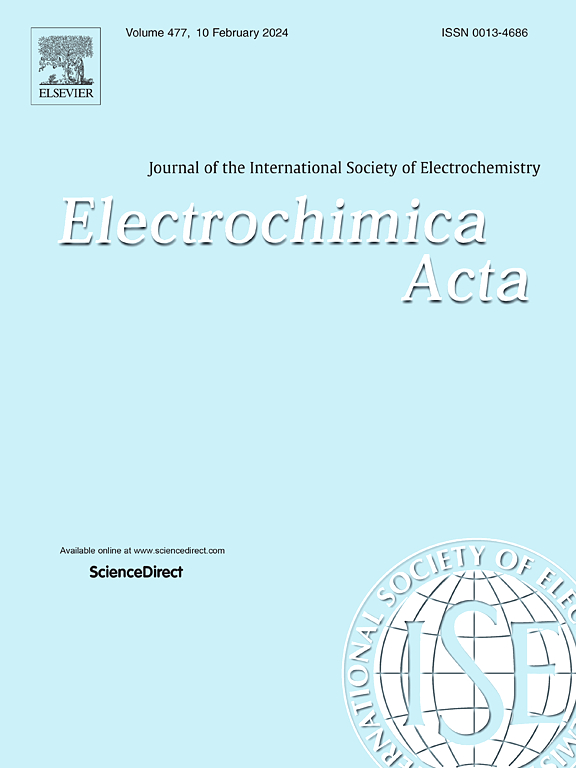Mg-1Sc合金在不同腐蚀环境中的腐蚀行为:三种不同应用介质的比较分析
IF 5.6
3区 材料科学
Q1 ELECTROCHEMISTRY
引用次数: 0
摘要
本文研究了Mg-1Sc合金在三种不同化学介质中的腐蚀行为,分别是3.5 wt.% NaCl、0.1 M Na2SO4和30 vol .%乙二醇,这三种介质分别代表了典型的海洋、工业和汽车环境。选择Mg- 1sc是由于Sc在Mg中的高溶解度和其腐蚀产物的良好特性。显微组织分析表明,少量Mg3Sc第二相颗粒比α-Mg基体电位更高,可能加速电偶腐蚀。析氢和电化学试验表明,Mg-1Sc的耐蚀性依次为EG、Na2SO4和NaCl。由于Cl -透过多孔的Mg(OH) 2膜,在NaCl溶液中发生了严重的局部腐蚀。在Na2SO4溶液中,致密MgSO4的形成有助于降低腐蚀速率。在EG中,低离子活性和分子吸附有助于均匀和温和的腐蚀。分子动力学模拟证实,在EG中吸附能最高,在NaCl中吸附能最低,与实验腐蚀趋势相符。这些发现阐明了界面吸附行为与腐蚀性能之间的关系,并为设计适合特定使用环境的镁合金提供了见解。本文章由计算机程序翻译,如有差异,请以英文原文为准。
Insights into the corrosion behavior of Mg-1Sc alloy in varied corrosive environments: Comparative analysis of three distinct application media
This study investigates the corrosion behavior of Mg-1Sc alloy in three chemically distinct media including 3.5 wt.% NaCl, 0.1 M Na2SO4 and 30 vol% ethylene glycol which represent typical marine, industrial and automotive environments respectively. Mg-1Sc was selected due to the high solubility of Sc in Mg and the favorable characteristics of its corrosion products. Microstructural analysis revealed a small amount of Mg3Sc second-phase particles with a more positive potential than the α-Mg matrix which may accelerate galvanic corrosion. Hydrogen evolution and electrochemical tests showed that the corrosion resistance of Mg-1Sc decreased in the order of EG, Na2SO4 and NaCl. Severe localized corrosion occurred in NaCl solution due to the penetration of Cl⁻ through porous Mg(OH)₂ films. In Na2SO4 solution the formation of compact MgSO4 helped reduce the corrosion rate. In EG the low ionic activity and molecular adsorption contributed to uniform and mild corrosion. Molecular dynamics simulations confirmed the highest adsorption energy in EG and the lowest in NaCl which matched the experimental corrosion trends. These findings clarify the relationship between interfacial adsorption behavior and corrosion performance and provide insight for designing Mg alloys suited to specific service environments.
求助全文
通过发布文献求助,成功后即可免费获取论文全文。
去求助
来源期刊

Electrochimica Acta
工程技术-电化学
CiteScore
11.30
自引率
6.10%
发文量
1634
审稿时长
41 days
期刊介绍:
Electrochimica Acta is an international journal. It is intended for the publication of both original work and reviews in the field of electrochemistry. Electrochemistry should be interpreted to mean any of the research fields covered by the Divisions of the International Society of Electrochemistry listed below, as well as emerging scientific domains covered by ISE New Topics Committee.
 求助内容:
求助内容: 应助结果提醒方式:
应助结果提醒方式:


